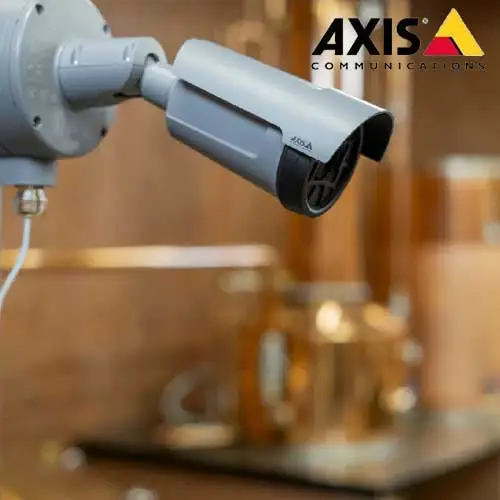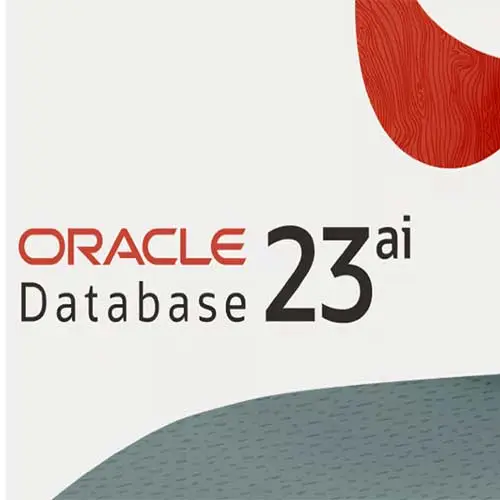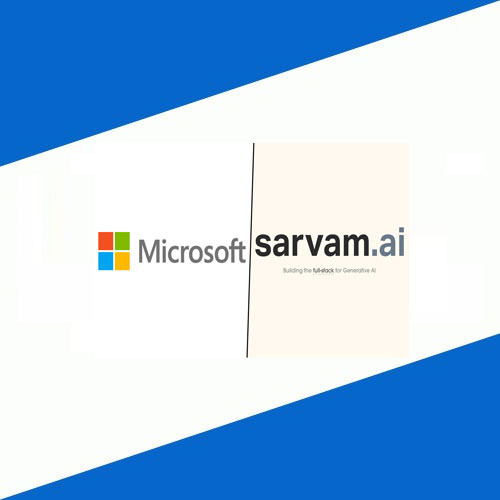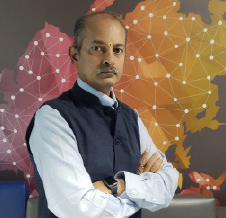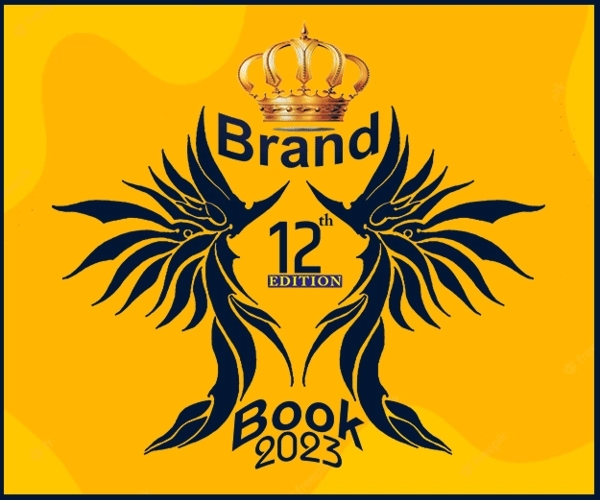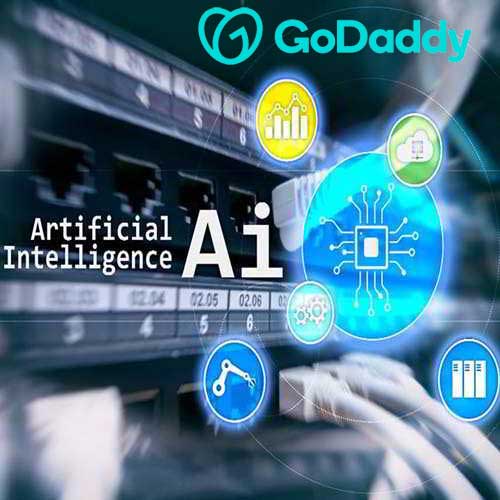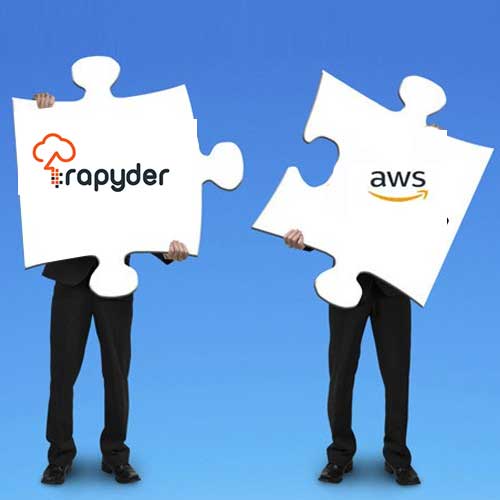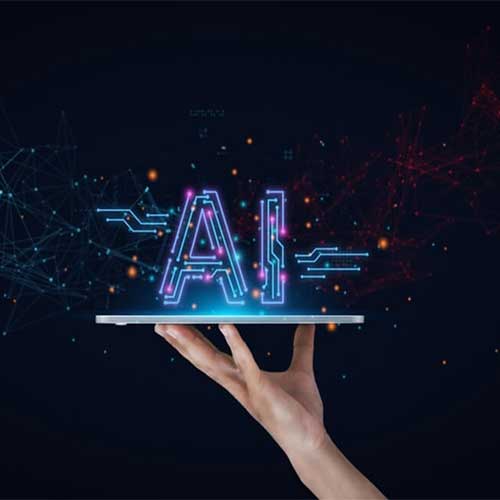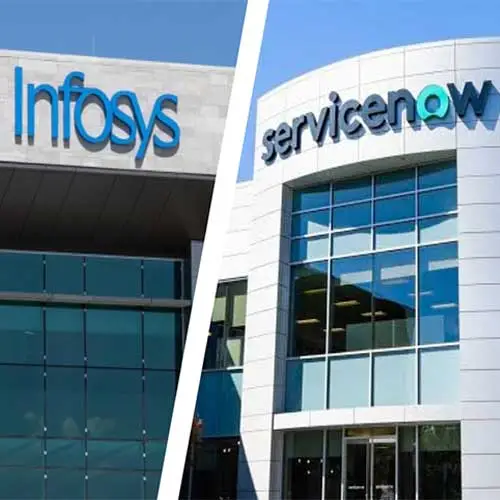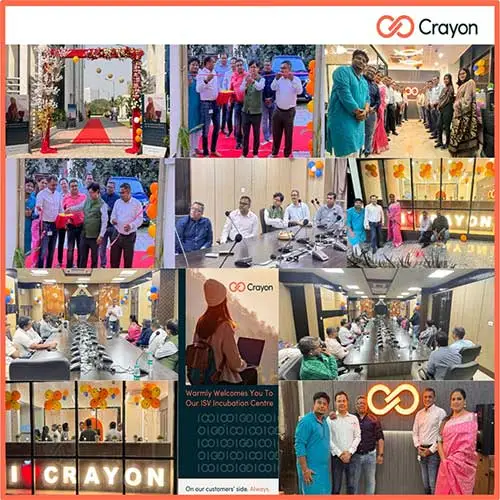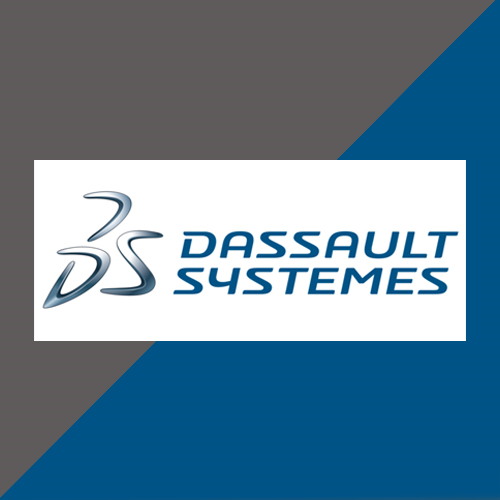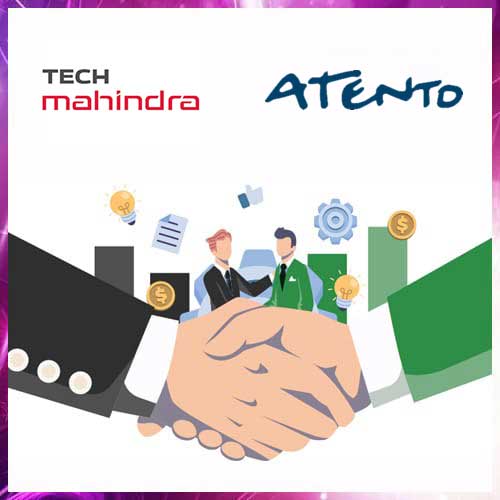ATUL GOVIL Chief Transformation Officer, Head (SAP & IT), India Glycols

The role of a CIO can be bisected in 2 major categories, the pre-pandemic CIO role and the post-pandemic CIO role. The post-pandemic CIO role is of a modern visionary who is expected to achieve competitive advantage for his/her organisation, perform continual experiments with a carved out team to demonstrate the “art of the possible” in business processes, to his/her peers. Like so many of the modern technologies, whether it is containers and microservices, broader use of APIs, all of these, I think, are weapons that need to be introduced as part of the arsenal of the modern CIO.
But I do need to stress that a strategy needs to be there. It’s not just investing in these willy-nilly. It is important to develop pilots and test cases for each to get a better understanding as to how it operates and the value that the organization can derive, what the best use cases of them are, and where they aren’t. That is very important is developing the negative case, if you will, and understanding the limits of some of this technology expansion. As I referenced before, part of the art of the possible is continued experimentation as these trends rise and determining whether or not there is an application back into the enterprise. I would certainly say that low-code/no-code is no exception to that. I believe that that needs to be a weapon in the arsenal of the modern CIO.

See What’s Next in Tech With the Fast Forward Newsletter
Tweets From @varindiamag
Nothing to see here - yet
When they Tweet, their Tweets will show up here.







